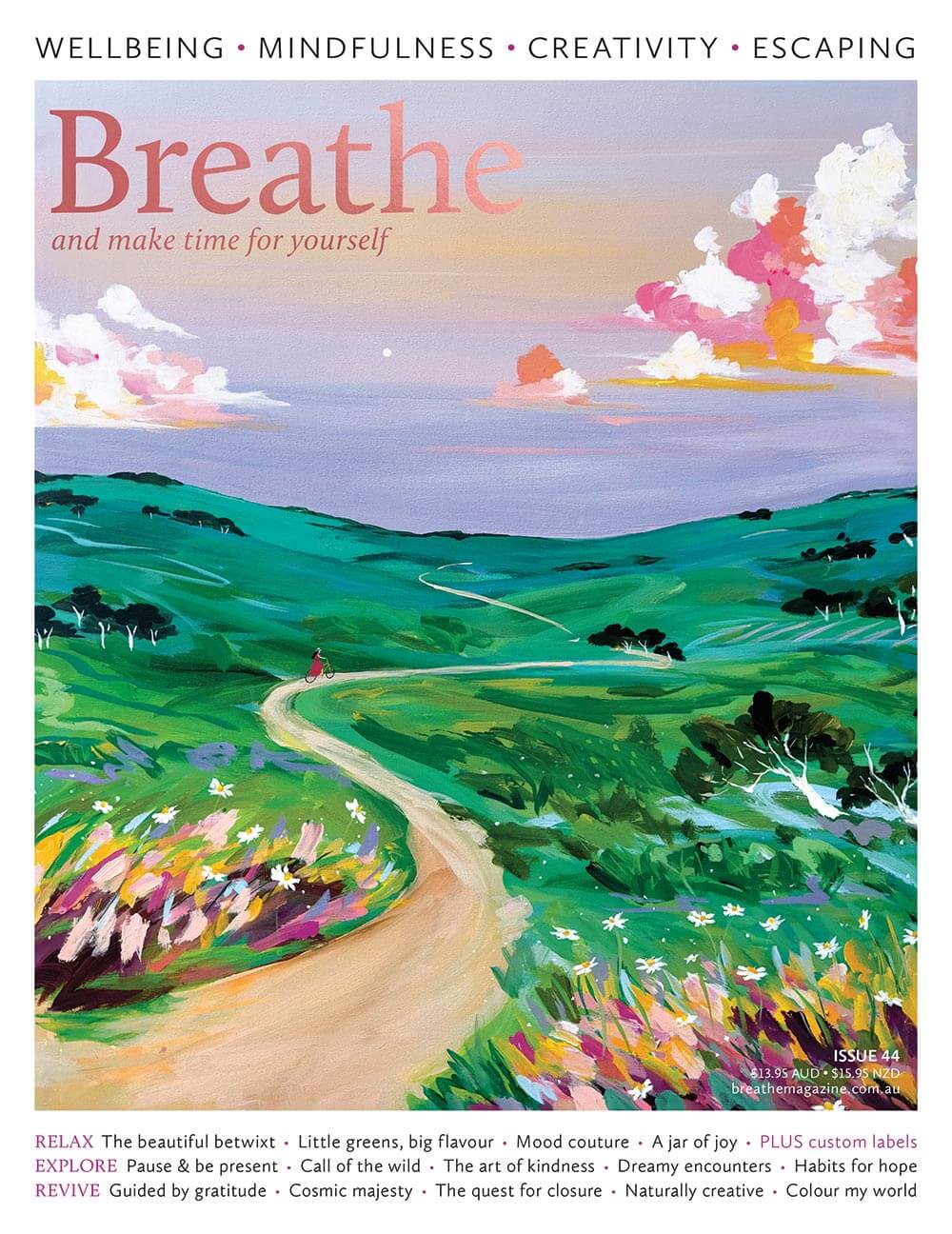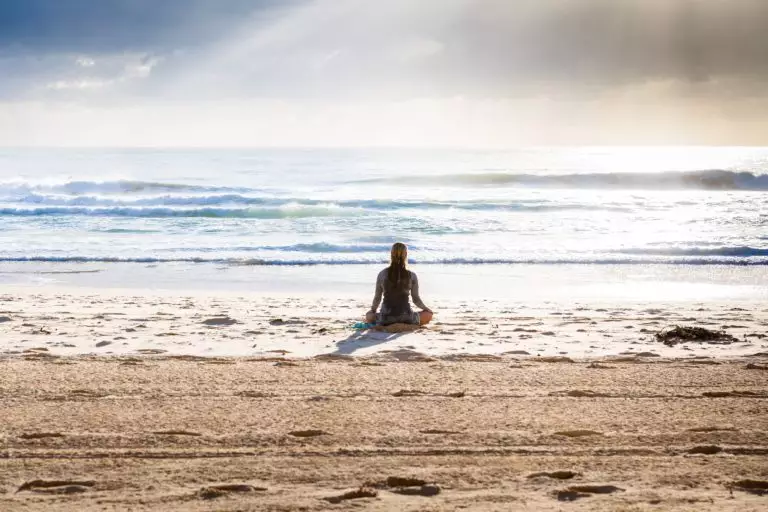
Marking the changing seasons helps us tune in to the Earth's natural cycles
Early cultures had a deep connection to the Earth and a respectful relationship with the whole of life, which many people continue today. As others become more aware of climate and environmental change, they too are recognising just how important it is to respect the Earth’s resources.
Celebrating seasonal festivals is part of this – and something that has taken place all over the world throughout history. Whatever your religion or beliefs, the change of season is an opportunity to explore your relationship with the environment in any way that’s important to you.
Here comes summer
The summer solstice occurs around 22 December in the Southern Hemisphere and marks the day with the most daylight hours of any in the year. From this point on, the number of daylight hours begins to decline as autumn approaches. In the Northern Hemisphere, the summer solstice takes place six months later around 22 June. Whichever date the summer solstice falls on, it’s when solar energy reaches its peak and so is regarded as a vital time for people and the planet. Midsummer was traditionally celebrated as a time of gratitude, growth, and expansion. Communities lit fires on hilltops to represent the life-giving energy of the sun and came together to share songs and stories.
It’s thought many surviving stone circles and megaliths were built as solar temples. Stonehenge, the famous stone circle in the UK, was likely designed to align with the sun’s movements. Konark Sun Temple in India was built in the 13th century, dedicated to the Hindu Sun God Surya, and is an important part of Indian cultural heritage.
Mark the occasion
You don’t need to visit ancient monuments or isolated hilltops to make the most of midsummer. Here are a few fun ways to create your own celebration at home.
- Being up early in the morning’s dim light is a magical experience. You could set your alarm to watch the sun rise and listen to the dawn chorus. Alternatively, as evening is falling, look on as the sun sinks beneath the horizon.
- The longer, lighter evenings in summer are great opportunities to camp outside overnight. If you don’t have the space in your backyard, you could ask about going on a family camping trip. Watch the sun set and rise from your tent door or try some stargazing.
- Reflect on the power of the sun and let it fuel your creativity. If you like writing poetry or music, use the sun to inspire your next piece. If arts and crafts are your thing, celebrate the sun by adding a splash of vibrant, energising colour – such as red, orange, yellow, and gold – to whatever you’re making.
- Flower crowns are a summer solstice tradition in Scandinavia. These can be fun to put together. Stick colourful paper flowers to a cardboard circle to construct a simple headdress, or craft a more complex crown using fresh flowers and floral wire (get an adult to help with this).
- Research different cultures. Are there folk stories or rituals associated with the summer solstice?
- If you’re a yoga fan, you have likely encountered sun salutations. These moves open your body and give thanks for the healing energy of the sun. What could be a more perfect moment to practise these positions than when the sun is at its most powerful?
- The summer solstice is a time of expansion, joy, and energy. Dancing, drumming, or singing with a group of like-minded people can be a great way to express this.
- Spend time outside. The first step to connecting with the changing seasons is to experience them for yourself. Try going for a walk in a bushland area, a rainforest, or along the beach. Pause to appreciate the flora and fauna you come across. What do you notice at this time of year?
- Plan for a season of growth. Pause for a moment to take stock and celebrate what you’ve achieved in the past. Consider your thoughts, plans and ideas for the future. Is there anything you’d like to learn, create, or spend time doing during the long summer days ahead?
Remember to wear sunscreen when heading outdoors. As with all physical activities, do not try yoga if you have any medical conditions that might be aggravated. If in doubt, check with a doctor first.
SOLSTICE AROUND THE WORLD
- Many historic monuments around the world were built to showcase extraordinary visual displays on the solstice. The pyramid at Chichén Itzá (known as El Castillo or the Temple of Kukulcán)
in Mexico is one such example. - In ancient Greece, Kronia was the midsummer festival for the Greek god Kronos and the first harvest of the year. On this day, the social hierarchy was abandoned so that slaves and lords could celebrate together.
- Many countries today hold midsummer events. Juhannus is the Finnish festival. Friends and family gather in the countryside to fish, boat, relax in saunas and light bonfires. Similar activities take place in Sweden, where some people take part in ancient traditions such as walking barefoot in the morning dew and wearing floral crowns.
DID YOU KNOW?
The word solstice comes from the Latin solstitium, which means ‘sun stands still’. This is thought to refer to the sun’s pause upon reaching its highest or lowest point (as seen from the Earth) before the direction of travel is reversed.
Words by Vicky Bourne
This story was originally published in Teen Breathe Issue 36 (page 4) with the title: Celebrate summer























